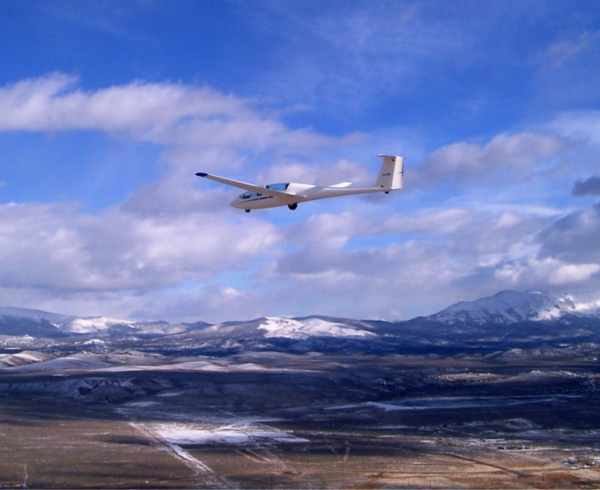Mountain flying legend Sparky Imeson had some solid rules for operating around tough terrain. First and foremost, check the density altitude and know your aircraft’s expected performance. In planning your flight, stay near low-lying areas and population centers. Plan to fly early in the day, preferably before sunrise, and stay on the ground if the winds are stronger than 15 to 20 knots. Carefully consider the aircraft’s expected climb gradient and account for any time and fuel needed for circling. Carry plenty of reserve fuel (or stop often) and just expect to cover fewer miles in a day. Carry water and emergency supplies on board, file a flight plan, and make regular position reports.
When you’re departing a mountain airport, the terrain may dictate that you fly a non-standard pattern–remember: always be in a position to turn toward lowering terrain. Furthermore, some mountain airports have one-way runways. Each situation is different and deserves careful consideration. Cross check airspeed on climb out: IAS should be the same as sea level, but the sight picture out the windshield will be different. Approach ridges at a 45-degree angle (Imeson’s first rule) and plan to clear the ridge by at least 2,000 feet for safety. When flying in a canyon, the standard advice is to hug one side of the canyon to permit a turnaround. Either the sunny side or the windward side is likely to be the best choice—there may be lifting air, and it’s better to turn into the wind should a turnaround be necessary. Pay attention to the clues seen in the clouds as to thermal activity or winds over the ridge tops. It’s a cliché, but it’s true: the clouds really are signposts in the sky.
Speed Up for Safety’s Sake
Should you encounter sinking air, consider maintaining your airspeed. A study from 1993 recommends “speeding up” (but not above maneuvering speed) if the aircraft’s sink rate exceeds its expected climb rate. Simple examination of glider polars shows us that we should speed up in sinking air (especially if there is a headwind) and if you fly the wrong airspeed, it’s better to be too fast than too slow. When in doubt, maintain airspeed and attempt to fly out of the sinking air as expeditiously as possible. Intuitively, that is what speed-to-fly is all about–minimizing the time the aircraft spends being subjected to the sinking air mass. Don’t forget to slow down in the lifting air!
When arriving at a mountain airport, remember to anticipate a potential go-around: be sure to lean for best power. As with mountain departures, terrain and/or conditions may dictate that the pilot make a circling descent and adjust his or her traffic pattern. As with departure and climb out, fly the same IAS on approach and landing that you would at sea level, but remember that the sight picture will be different. Thermal activity sucks in air from surrounding areas at the surface, often leading to brisk afternoon breezes that come and go. So sharpen your crosswind landing skills prior to your mountain trip because shifting, gusty crosswinds are quite common in the afternoons.
Perhaps the best idea would be to add a glider rating and take a look at what soaring has to offer. What better way to build skill at piloting an underpowered aircraft in the higher elevations than to spend the day aloft in one that has no power at all?















Leave a Comment